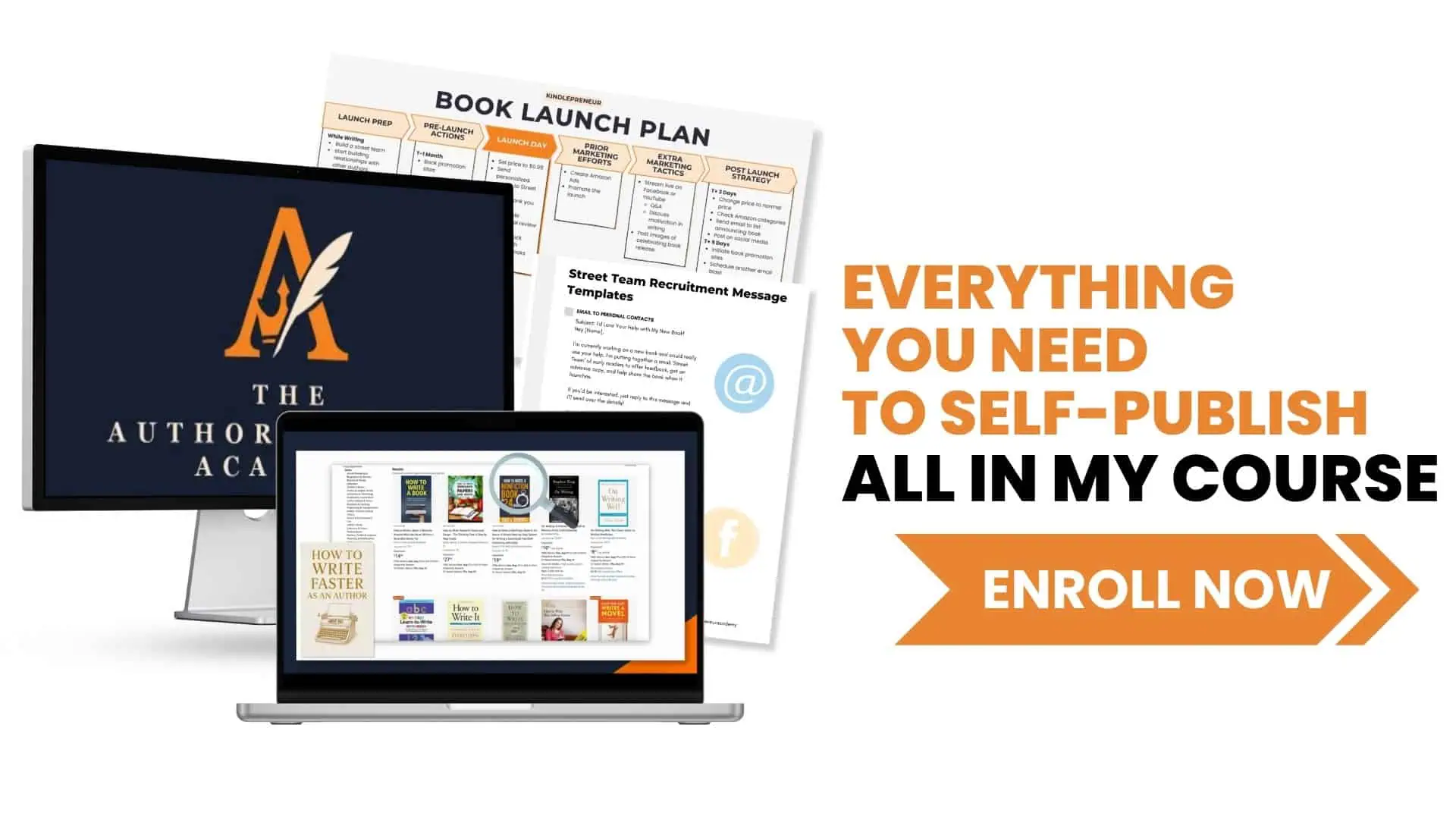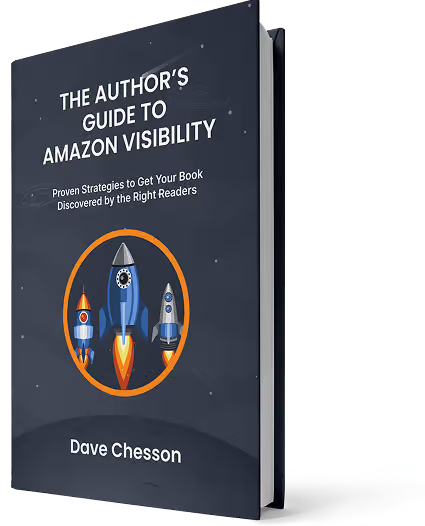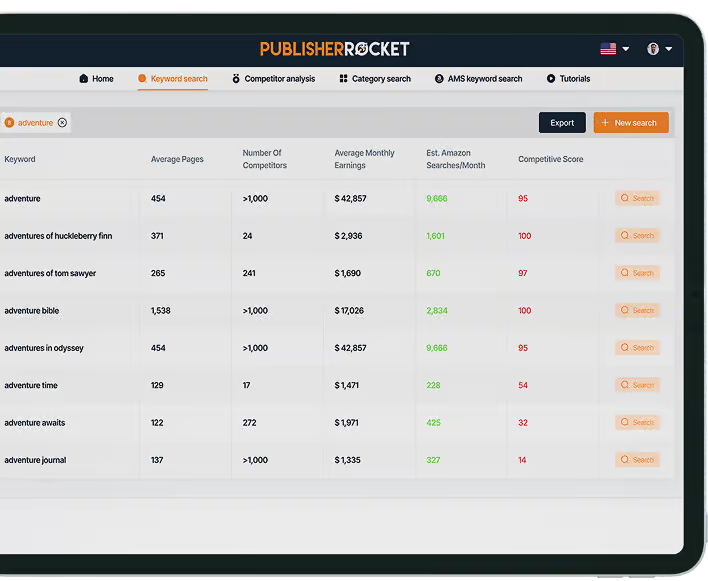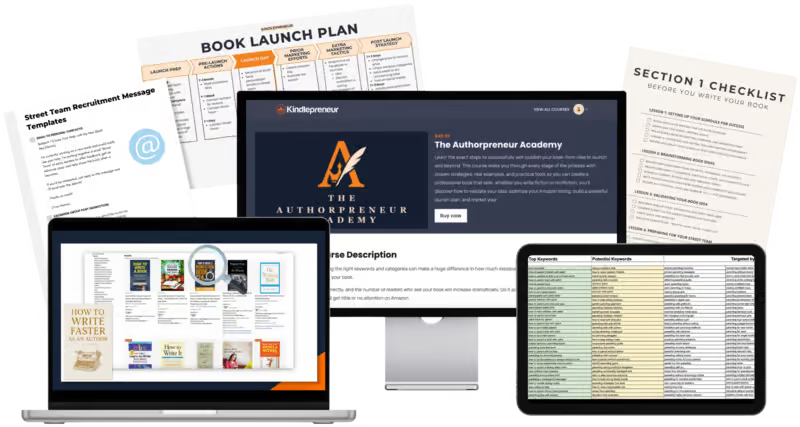If you're anything like me, you're spinning a lot of plates—writing books, marketing, engaging with readers, managing a business, maybe even wrangling a podcast or two.
At some point, it becomes clear: You can't do it all yourself. That's where a virtual assistant (VA) comes in.
A great VA isn’t just a luxury—it can be a force multiplier. But hiring one before you're ready—or hiring the wrong one—can do more harm than good.
So let’s talk about when it’s time, how to find the right fit, and how to make that partnership thrive.
When to Hire (and When to Hold Off)
The answer isn’t simply “when you’re busy.” It’s about whether your time is being spent on the right things.
Consider hiring a VA if:
- You’re consistently dropping the ball on admin, email, or marketing tasks
- You spend more time managing the business of writing than actually writing
- You have systems in place—or you’re prepared to create them
Hold off if:
- You’re unsure what to delegate
- You haven’t clearly defined your business model
- You’re expecting a VA to “fix” disorganization or chaos
- And most important… If you’re stressing over “how am I going to afford a VA?” it’s the wrong time
RULE #1: Hiring a VA should help you INCREASE your revenue, not put more strain on it.
Get your foundation in place first. Then bring in the support.
How to Actually Hire a VA
Hiring a virtual assistant might feel overwhelming—but it doesn’t have to be. Here’s a simple, step-by-step approach to help you get started:
- Clarify what you need help with. Start by listing the tasks that are eating up your time—things like managing your inbox, scheduling content, organizing research, or formatting newsletters.
- Outline the role. Write a short description that covers what the VA will do, what skills are needed, and what success looks like. It doesn’t have to be corporate—just clear.
- Look in the right places. Ask fellow authors for referrals, or explore trusted platforms that specialize in working with authors (more on that in a moment).
- Interview thoughtfully. Talk to a few candidates to get a feel for their experience, communication style, and whether their approach fits your workflow.
- Test the waters. Start with a small, low-stakes project. Think of it as a test drive for both of you.
If you'd rather skip the sourcing and vetting process, Author Anchor makes the whole thing easier.
We connect authors with trained VAs, tailor-matched to your needs, and walk you through every step—no guesswork, no pressure.
What Should Your VA Actually Do?
Start by identifying what only you can do (hint: the writing) and what someone else could do just as well—or better.
Tasks commonly assigned to author VAs include:
- Email filtering and reader communication
- Social media scheduling and engagement
- Newsletter formatting and list management
- Metadata updates on retail platforms
- Coordinating ARC teams and tracking reviews
- Podcast guest outreach and scheduling
- Event planning and travel logistics
RULE #2: Delegate only the things that take you away from the parts you love, keep what brings you joy.
So if you love doing social media, answer reader emails, or managing ads, keep that for yourself. Give your VA the tasks that drain you and keep you from doing what you love and what is best for you and your business.
Over time, as trust builds, you might delegate things like marketing research, project management, and communication with other contractors or collaborators.
Start Small: First Tasks to Test the Waters
A mistake authors often make, when they bring someone on to help out, is falling into the trap of thinking they can hand everything off, right from the start. Chances are, your VA is going to have a certain skillset, certain traits and capabilities that make them a great fit for working with you. But no VA is going to be an absolute master of everything.
Give them (and yourself) time to grow into this partnership. You’re learning to work together. You can both learn new skills and new techniques, as you go.
So, start with some simple but necessary tasks, and get to know how each of you works best. The first few weeks of working with a virtual assistant should be about learning each other’s preferred communication style (I cannot abide working via email, so I set up a Slack channel), and figuring out each other’s strengths and weaknesses, so you can compensate and grow past them.
Your first assignment should be low-risk and clearly defined. Think of it as a test drive for both of you.
Here are a few great first-task ideas:
- Organize your inbox using simple filters or labels
- Compile your book metadata into a clean, sortable spreadsheet
- Schedule a week’s worth of content using your social media scheduler
- Clean up or segment your email subscriber list
And here’s what I think is the perfect first task: “Create a process for [something].”
CASE STUDY: Kickstarter
Let’s take a look at an example that might illustrate this.
If your goal is to bring on a VA to help you set up one or more Kickstarter campaigns, you might give this first task:
“Create a process for building, launching, and running a successful Kickstarter campaign. Spend two hours on this and show me your results.”
This is a perfect first task because…
- Your VA will take two hours rather than an endless amount of time, and give you something you can evaluate at the end, to show you their progress.
- This task lets the two of you test how well you communicate with each other, so you can make adjustments as needed.
- It may take a few tries to get it right, but after it’s done you’ll not only know how best to work and communicate with each other, you’ll also have a process you can use to train future VAs to do the work.
By taking this first task in increments, you’re only committing small amounts of time and money, and finding (and resolving) problem areas early.
You might consider using this same method for all of your early assignments, building up a reserve of processes for each of the tasks that you ultimately want to hand off entirely. It helps you get clear on how your business works, its needs and its potential weaknesses.
Process is the path. Use it to help make your business run like a well-oiled machine.
RULE #3: Get clear on process, and everything goes smoother.
Creating processes is something I highly recommend, for any business. Having things in writing and/or on video helps you and future VAs to be clear on how your business runs. This is a win-win assignment to start with.
How to Work Together Effectively
This is a partnership, and partnerships thrive on clarity and communication.
Set expectations from day one:
- What tasks are expected and how often?
- What’s the communication style—email, Slack, weekly calls?
- How will you track work—Trello, Asana, shared Google Docs?
Offer clear, timely feedback. Don’t assume. Show, explain, and refine. And remember: they’re learning your systems just as much as you’re learning how to lead.
RULE #4: Be clear, communicate often.
Favorite Tools for Working with a VA
Choosing the right tools can make all the difference when it comes to working efficiently, and making this process easier on everyone. Here are a few favorites that strike a good balance between ease-of-use and functionality:
- Slack (For real-time communication) — Think of it as a more organized, searchable alternative to email or texting. You can set up channels for different projects and keep conversations easy to follow.
- Trello (For task and project management) — A simple, visual tool that works like a digital bulletin board. Ideal for tracking to-do lists, deadlines, and workflows. It’s beginner-friendly and easy to customize.
- Google Workspace (For file sharing and collaboration) — Docs, Sheets, Drive, Calendar—if you’re not already using this, it’s time. Real-time editing and easy sharing make collaboration seamless.
- Loom (For quick video instructions) — Instead of typing out complex steps, record your screen and talk your VA through the task. It’s faster, clearer, and cuts down on back-and-forth.
- LastPass or 1Password (For sharing passwords securely) — Don’t email passwords. These tools let you share logins without exposing sensitive info—and you can revoke access at any time. You can even set up credit cards for your VA to use securely, without exposing your financial information.
- Notion (For all-in-one organization) — Part task board, part wiki, part database—Notion is endlessly flexible. It's great for authors who want to track everything from publishing timelines to content ideas in one place.
Your needs and workflow may vary.
The thing to remember is that your VA can and should have access to any of the tools and software you that consider vital to your business. This may mean sharing access with them for services you already subscribe to (LastPass and 1Password help make this possible).
But the the general rule is this: If you need it, they’re going to need it.
Dos and Don’ts of a Successful VA Relationship
There are no real hard-and-fast rules about working with a VA, a contractor, or an employee (beyond the laws that govern these relationships, at least!). But there are some basic Dos and Don'ts that will make this relationship work right out of the gate.
Do:
- Document repeatable processes
- Give credit where it’s due
- Review goals regularly
- Focus on outcomes, not just activity
Don’t:
- Expect mind reading
- Overload your VA with unclear expectations
- Ignore early warning signs of misalignment
- Go silent—stay in regular contact
Pretty simple. Basic “decent human” stuff. But I think that the key will be “don’t overthink it.” Just keep in mind that the two of you are a couple of humans partnering up for your own best interest.
And something to keep in mind…
As with all relationships, sometimes things don’t work out. It’s possible that even after you’ve done the interviewing and vetting, after you’ve done some trial assignments and training, your new VA just won’t work out. Maybe there’s a personality conflict.
Or maybe there’s a gap in their skillset that just won’t resolve. It happens.
The key to remember is this: It’s ok to end the relationship and try again. And this is even easier if you’ve used the tips above, particularly in creating processes you can use to train the next VA. Documentation and process are a little like contracts—they make relationships work smoother, and keep everyone protected.
Give yourself and your VA the time to feel things out. But if it just isn’t working, don’t worry. End the whole thing amicably, and start interviewing the next VA. It’s your business, after all. You need this process to reduce and remove the stress, not add to it.
RULE #5: Treat your VA the way you’d want to be treated, and expect them to do the same for you.
These next two are kind of intertwined, so let’s look at managing tasks and time…
Managing Time and Communication
Your time is precious. Protect it. Use your VA as a shield against distractions.
Here’s how to stay on track:
- Block off “creator hours” for writing only
- Batch tasks to minimize interruption
- Use tools like Loom for quick visual instructions
- Be specific, not verbose
Tracking and Measuring Success
Ultimately, the goal is to free you to do your best work—and see tangible results.
Track progress using:
- Shared documents or dashboards
- Monthly or weekly task reviews
- Simple metrics: time saved, tasks completed, goals achieved
RULE #6: Ask regularly—Is this helping me grow? Is it making my work easier?
Ready to Reclaim Your Time?
Hiring a VA isn’t about giving up control—it’s about giving yourself the room to focus on what only you can do: writing powerful stories, connecting with readers, and building a sustainable author career.
If you approach it with clarity, trust, and good communication, a virtual assistant can become one of the most valuable relationships in your author business.
And when you’re ready to take that step, Author Anchor (powered by BookBrush) is here to help.
Set up a free, no-obligation discovery call at authoranchor.com/promo. No contracts. No pressure. Just the support you need—when and how you need it.
Because your job is to write. Let a VA from Author Anchor help you keep it that way.






